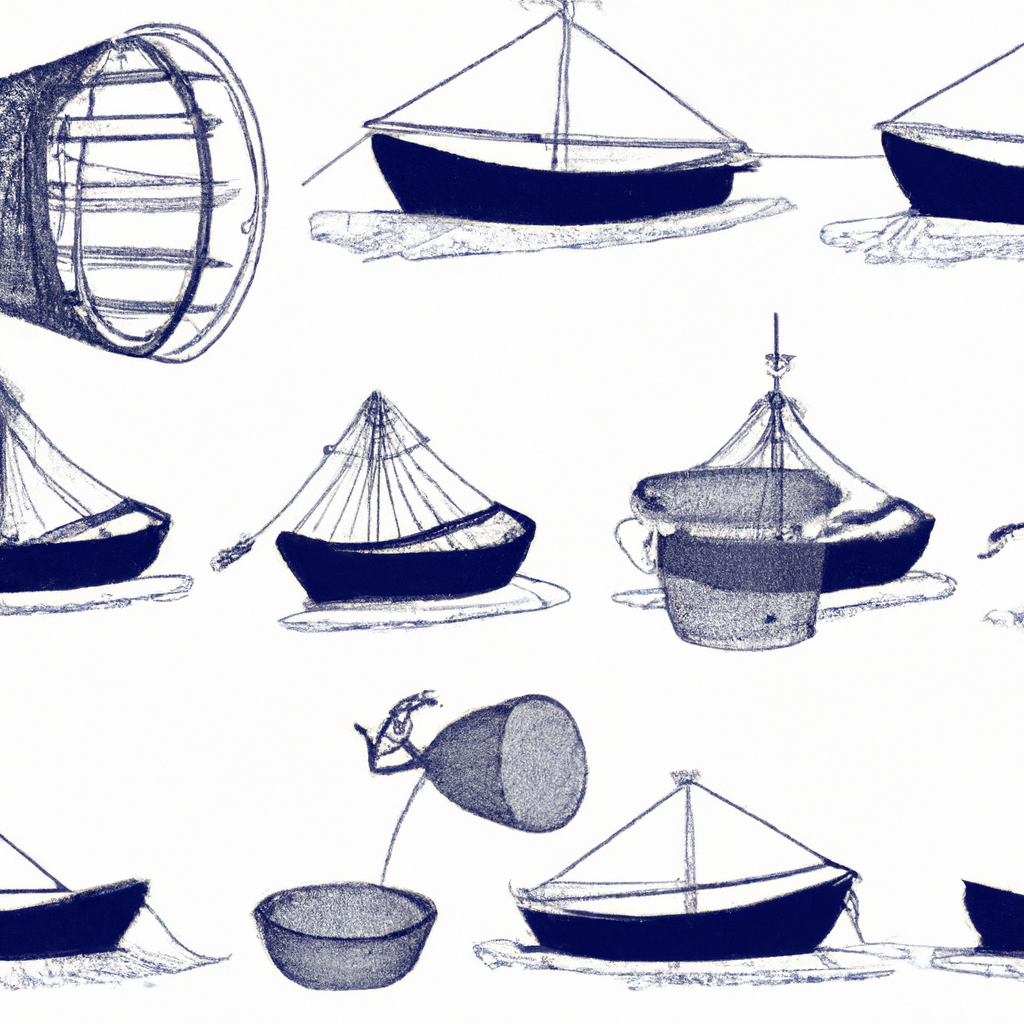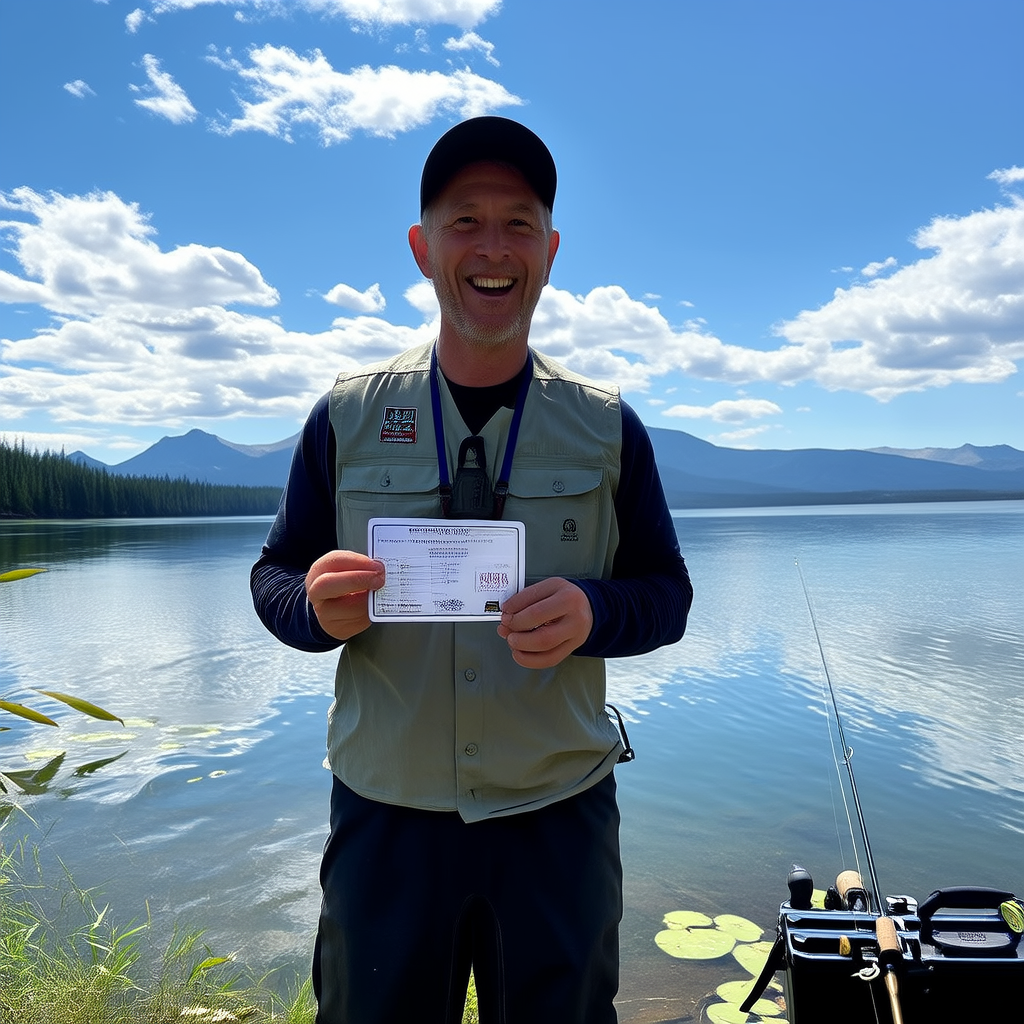Introduction to Trawling Fishery
Trawling is a popular technique used by both experienced and novice anglers around the world. The net is dragged behind the boat to catch fish. This method is very efficient because it allows anglers to cover large areas of water and target multiple fish species at once.
Trawling Methods
1. Bottom Trawling
Bottom trawling, or bottom dragging, is a technique that is mostly used by commercial fisherman. It involves dragging a trawl across the seabed in order to catch a variety of fish living near the ocean bottom. Cod, flounder and halibut are some of the most common species caught by bottom trawling.
2. Midwater Trawling
As the name implies, midwater trawling is conducted in the middle water column. This method is used to target fish that live in the upper part of the water column and away from the seabed. Midwater trawling is often used to catch species like mackerel and herring.
3. Pair Trawling
Two boats work together to drag one end of a trawl. This method is used to catch large fish or to cover a larger area of water. To ensure a successful capture, it is important to have excellent communication and coordination between the two boats.
Trawling Equipment
1. Trawl Nets
The trawl is the main equipment used for trawling. It is made from durable and strong materials such as polyethylene or nylon to withstand the forces during towing. Trawl nets are available in a variety of sizes and shapes, depending on the species targeted and fishing conditions.
2. Otter Boards
Otter boards (also known as doors) are used to keep a trawl-net open horizontally during fishing. They are attached to trawl nets and controlled by ropes or wires. Otter boards are used to maintain the desired shape of the net and prevent it from collapsing underwater or tangling.
3. Dredges
Dredges are used to catch shellfish such as scallops and shrimp. These nets are made of metal frames with flat or toothed blades that disturb seabeds, causing shellfish to be dislodged and trapped in the net.
Trawling Techniques
1. Single Boat Trawling
Single boat trawling is when a single vessel drags a trawl behind it. This technique is used by recreational fishermen and small-scale fishers. It is ideal for beginners because it offers greater flexibility and ease-of-operation.
2. Stern Trawling
Stern trawling is the process of towing the trawl from the back of the boat. It is often combined with other fishing techniques in order to target specific fish species. Stern trawling involves careful boat maneuvering to maintain the desired net tension and speed.
3. Side Trawling
The trawl is dragged along the boat. This technique is also called beam trawling. This method provides greater control and maneuverability in areas with obstacles or limited space. Commonly, side trawling is used to target flatfish like sole and plaice.
Tips for Successful Trawling Fishery
Here are some tips for trawling fishing success:
1. Research Your Target Species
Research the behavior, habitat and feeding patterns of the fish you are targeting before heading out. This will help you determine when, where, and how deep to trawl.
2. Use the Right Gear
Make sure you have the right trawling equipment for your target species, fishing conditions and gear. Selecting the right trawl size, mesh size and weight will maximize your catch.
3. Monitor Sonar and Fish Finders
Use sonar and fishfinders to locate schools of fish, and choose the most productive fishing grounds. These technologies can provide valuable data on fish presence and distribution.
4. Attention to Tidal patterns
Understanding the tidal pattern and its impact on fish movements is crucial. If you trawl during an incoming tide, you can increase your chances of catching more fish because they will move closer to shore in search of food.
5. You can vary your Trawling Speed
Try different trawling rates to find the best pace for attracting fish. Some species may prefer to be presented in a slower manner, while others may be more attracted by a faster moving trawl.
6. Check Local Fishing Regulations
Always follow local fishing regulations, and obtain all necessary licenses and permits. This will ensure the sustainability of the fish stocks and the protection of the environment.
Conclusion
Anglers of any skill level will find trawling fishing to be a rewarding and exciting experience. Understanding the different trawling techniques, equipment, and methods will increase your chances of catching many species of fish. Remember to fish responsibly and to respect the marine environment so that future generations can enjoy it.




